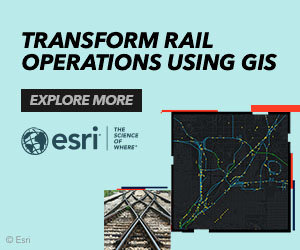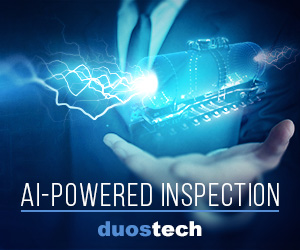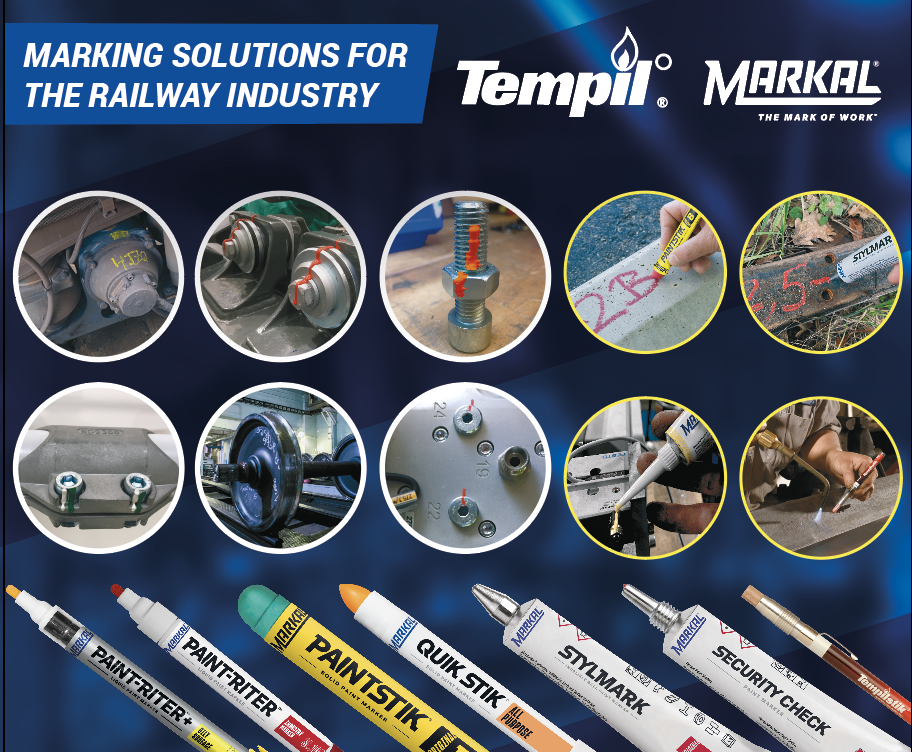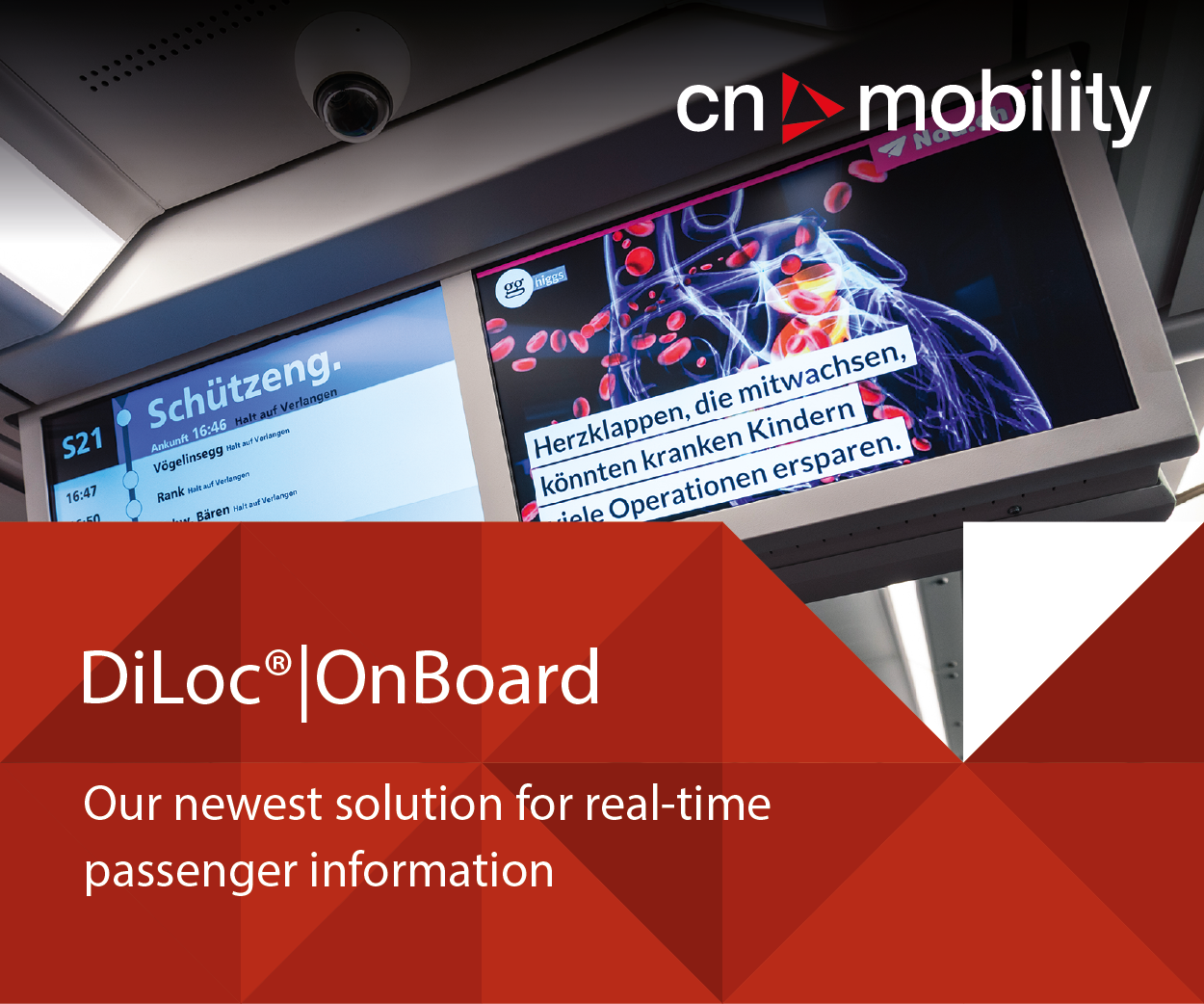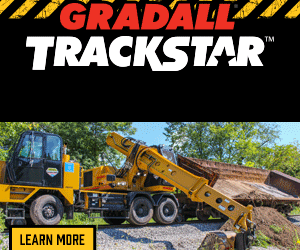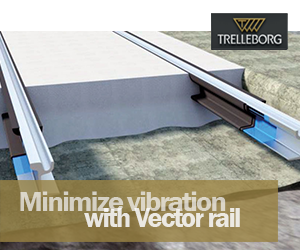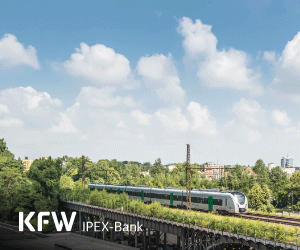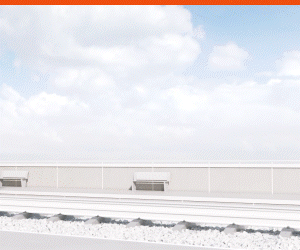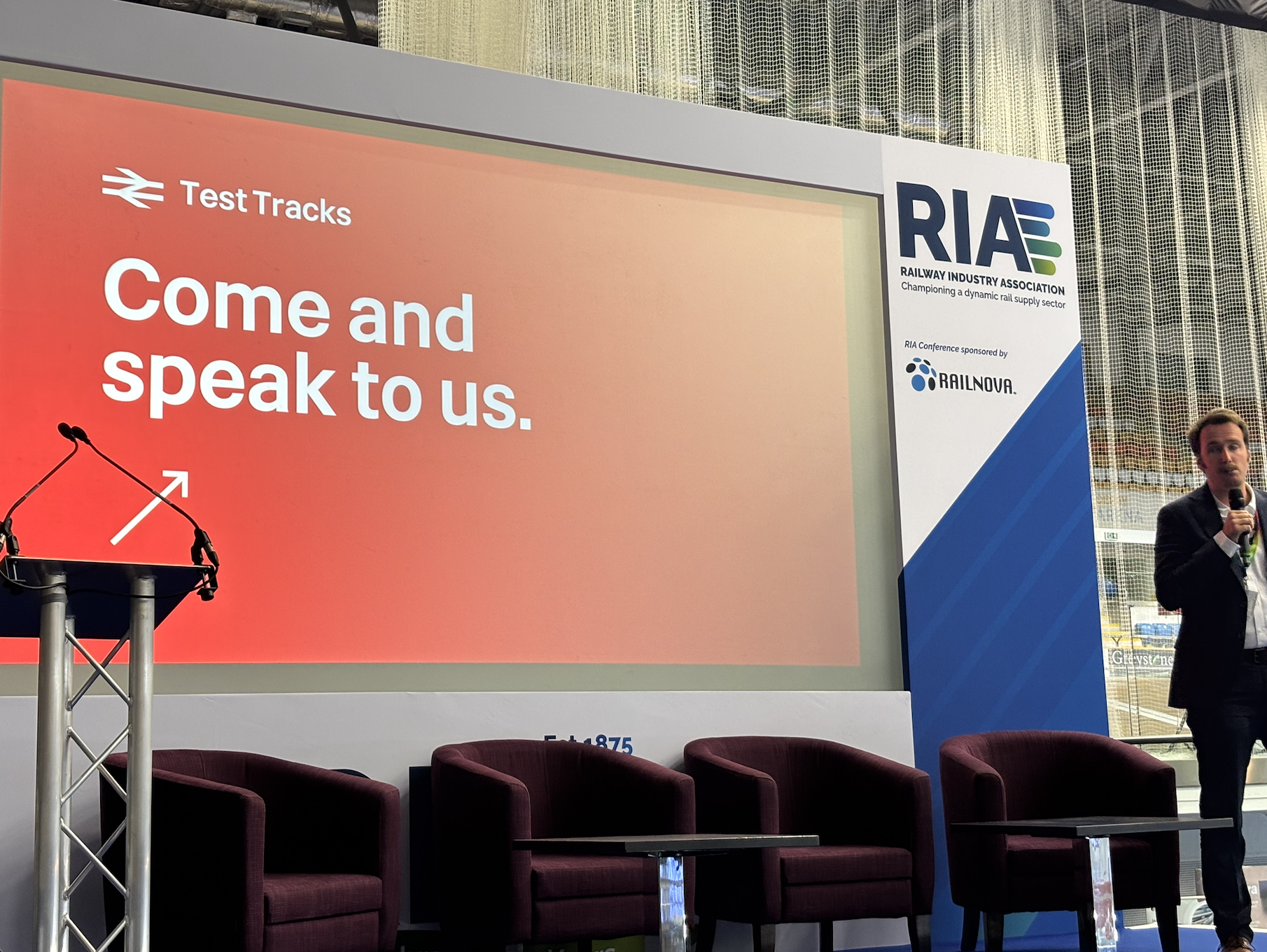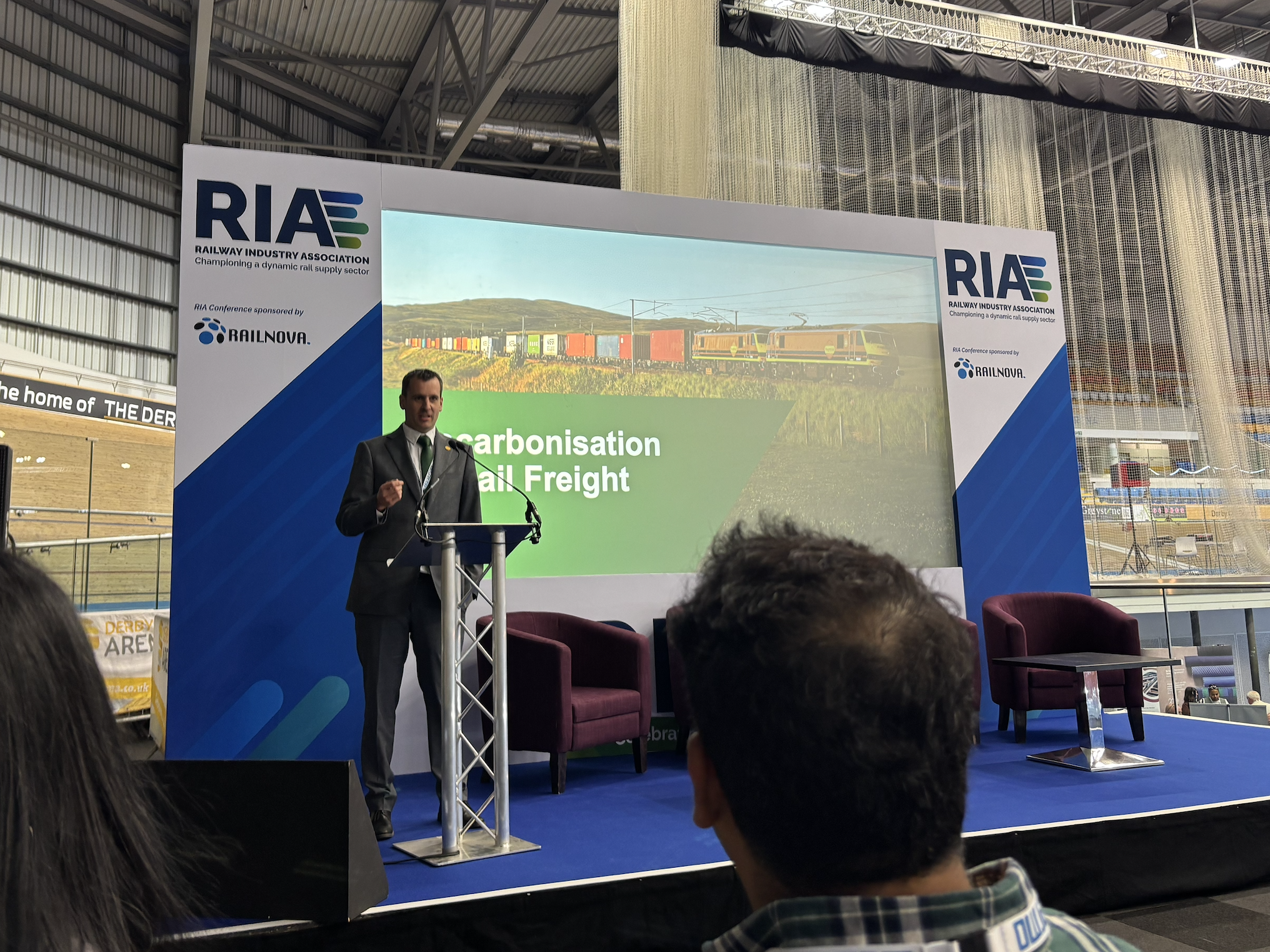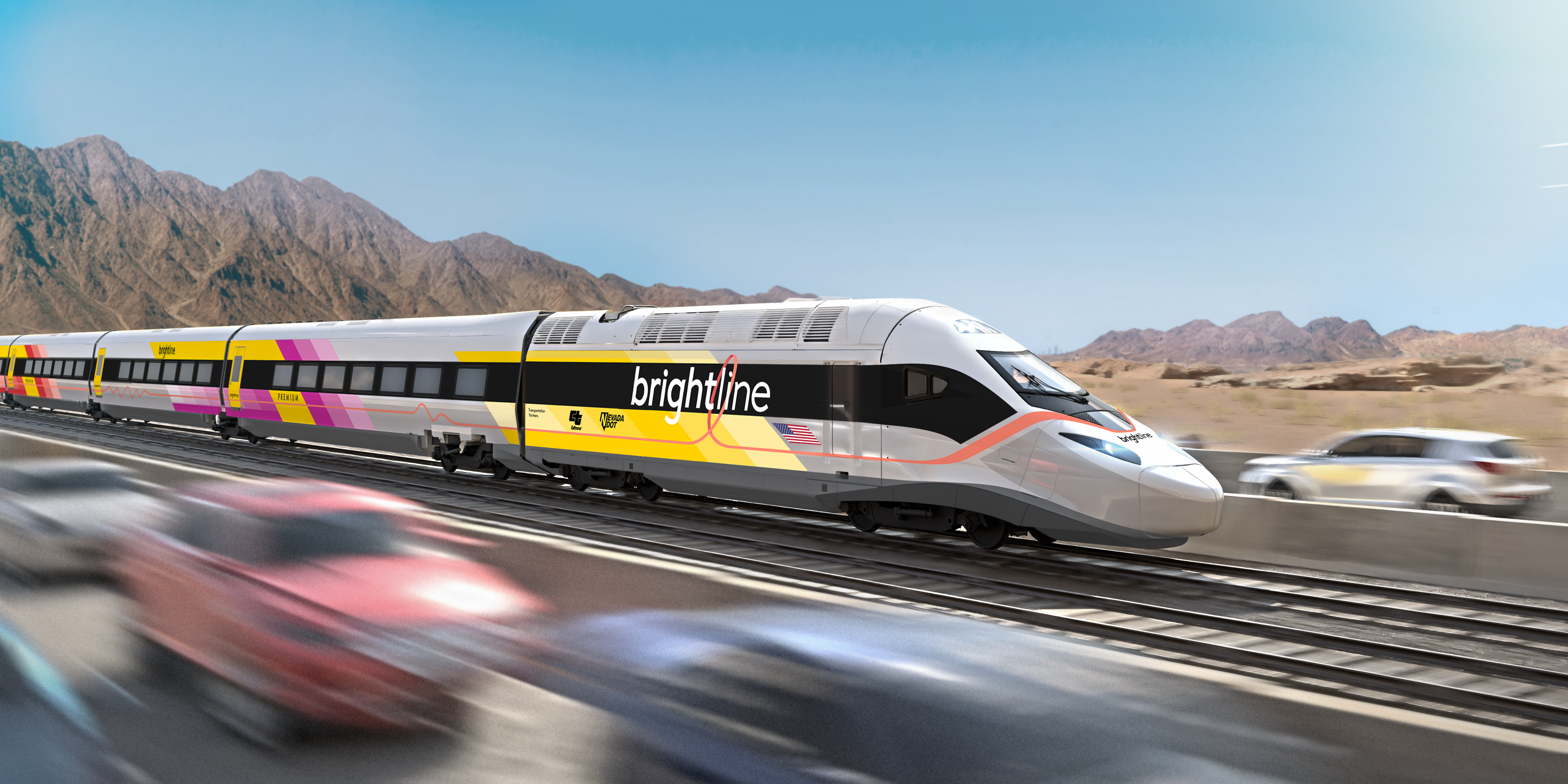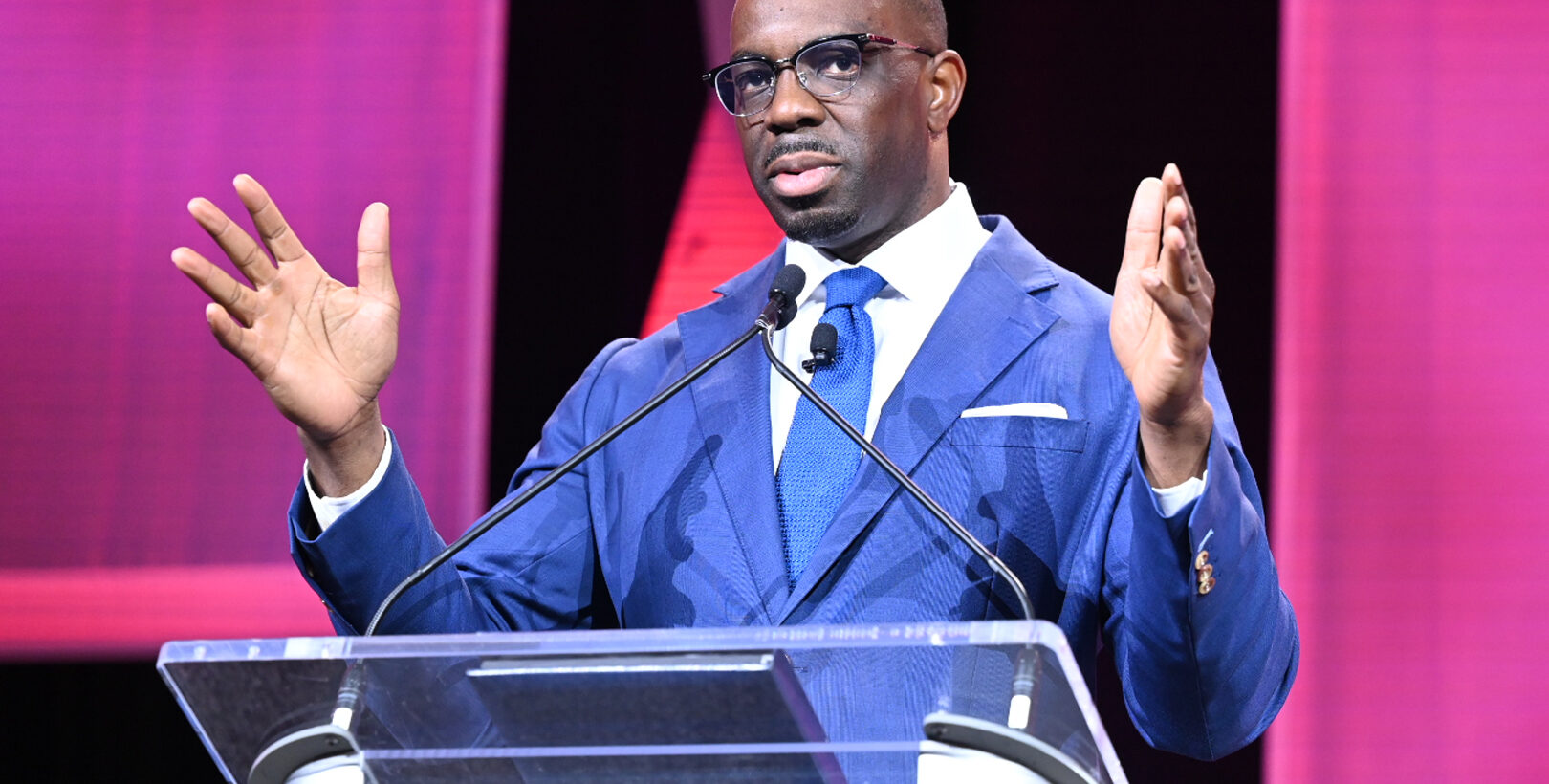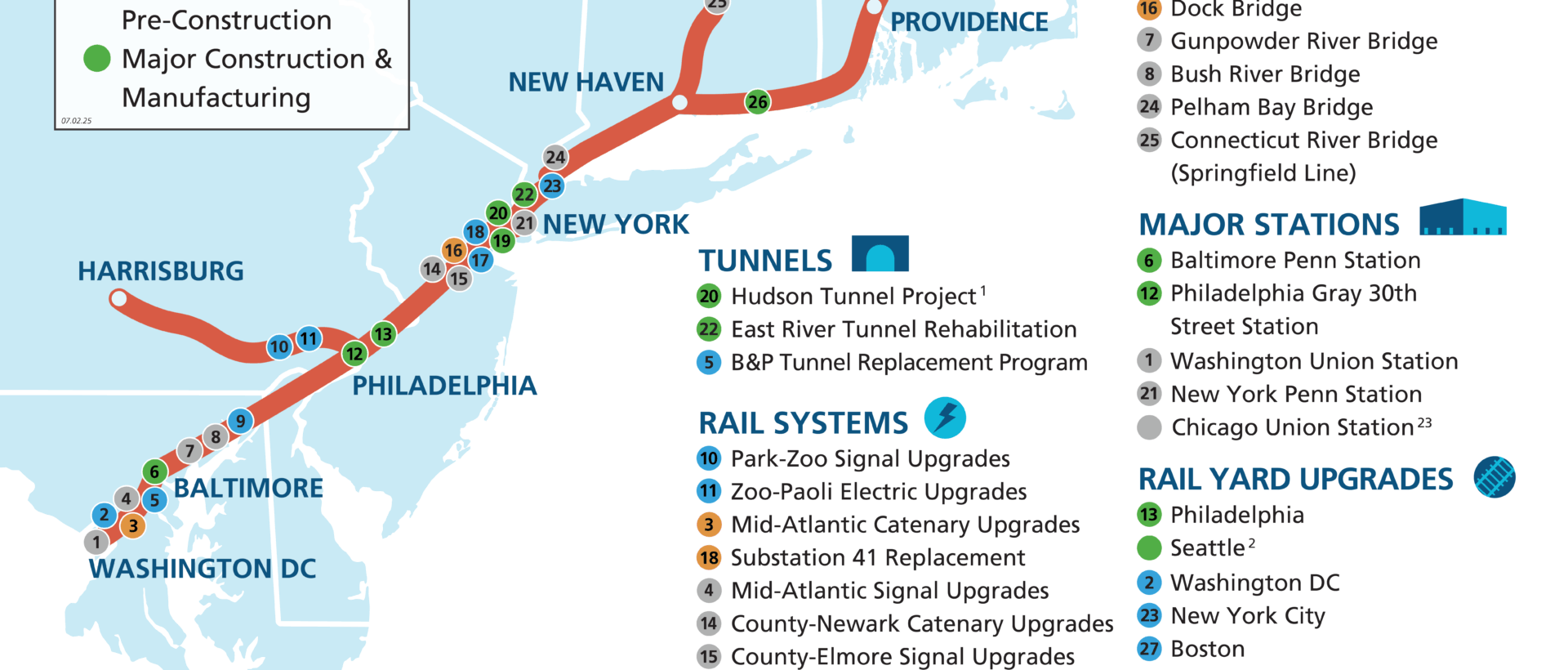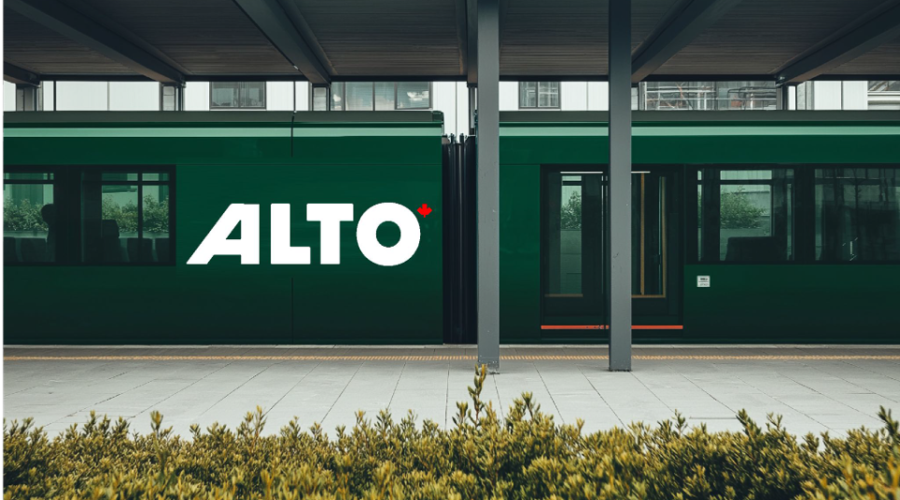Last month, the APTA Rail Conference examined the progress in deploying hydrogen fuel cell (HFC) trains in the US, drawing on insights from real-world implementation.
A panel discussion titled “Hydrogen Trainsets and Locomotives: Infrastructure Readiness and Planning Considerations” brought together representatives from Jacobs, HDR, Ricardo LLC, and the San Bernardino County Transportation Authority (SBCTA). Moderator Jackson Xue, Trainset Engineer at Ricardo LLC opened the discussion by acknowledging the growing interest in hydrogen propulsion and questioning what it takes to prepare for this technology.
Infrastructure Alignment
Currently, most transit facilities are designed around diesel, and the planning assumptions that work for combustion engines therefore need to be re-evaluated before hydrogen can be safely implemented.
Indeed, Martin Schroeder, Contract Manager at Jacobs, emphasised that while hydrogen fuel cell technology is not inherently new, the integration of hydrogen into passenger rail systems requires new thinking, especially in infrastructure and policy.
Schroeder said:You have to think about your tunnels, maintenance facilities, and the logistics of where and how you fuel these vehicles. Hydrogen behaves differently—its flamable, invisible, its heat release is intense, and its storage demands specific handling. It’s not just drop-in tech.
What’s more, Marcin Taraszkiewicz, Rail & Transit Vehicle Technology Lead at HDR, noted that the hydrogen vehicles deployed in the US are largely foreign-built platforms adapted for the North American market. For example, Stadler’s FLIRT H2 is proven in Europe, but bringing it to the US means adapting to different grades, routes, and regulations.
SBCTA’s Hydrogen Train
The San Bernardino County Transportation Authority (SBCTA) is leading the way with the first compliant hydrogen-powered passenger train project in the US. Its FLIRT H2 multiple unit is expected to commence service in August 2025.
To support these operations, the agency is also constructing a dedicated maintenance and hydrogen refueling facility.
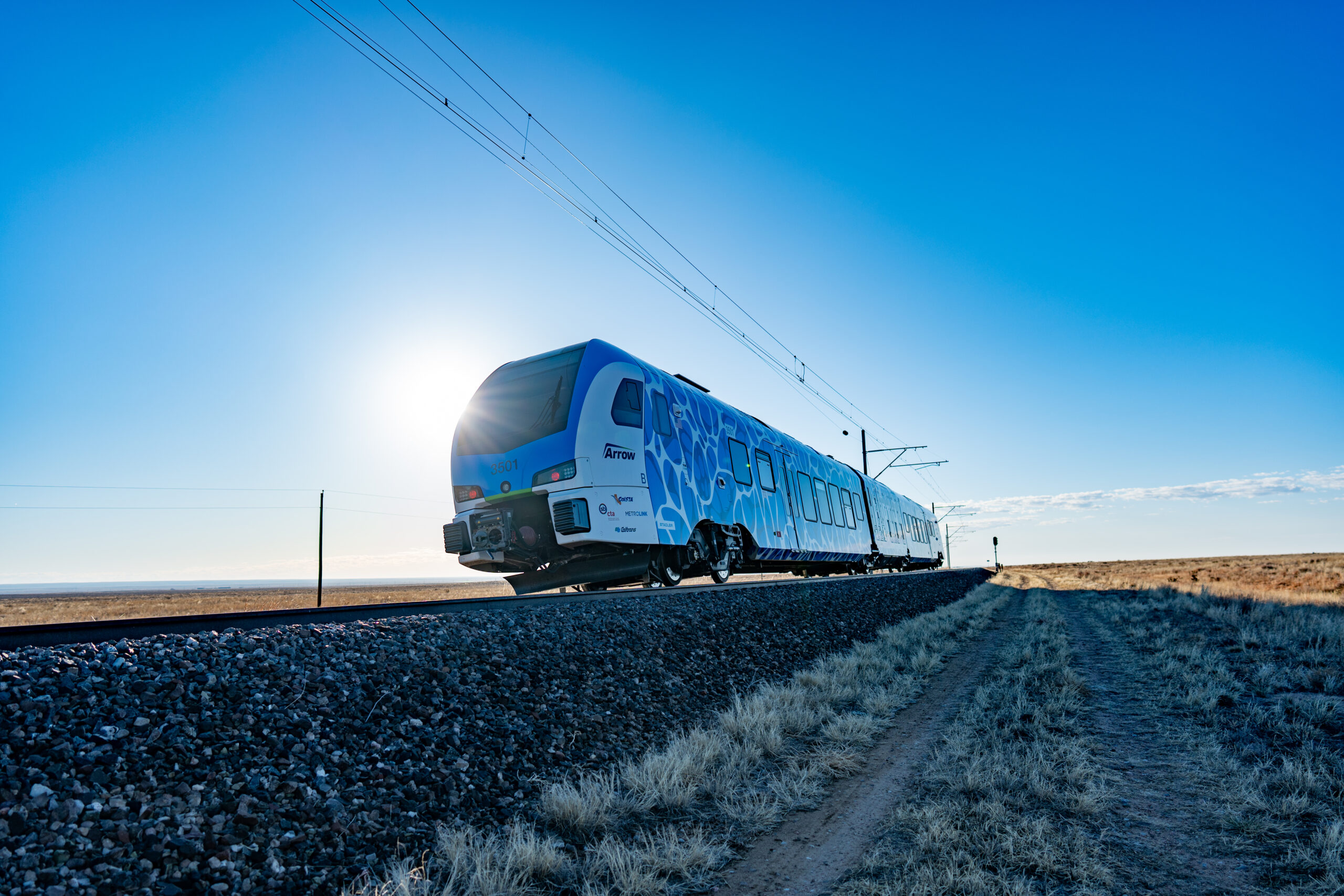
At the APTA Rail Conference, Joy Buenaflor, Deputy Director of Transit and Rail Programs – Capital Delivery at SBCTA, gave a detailed overview of this groundbreaking hydrogen project.
Buenaflor said:This project wasn’t just about picking a clean train. It meant thinking holistically—about facilities, safety, workforce, even tunnel ventilation. We’re taking delivery of Stadler’s FLIRT H2, and we’re nearly done with the fueling and maintenance facility. That facility will have refuelling, storage, and heavy maintenance co-located.
As such, SBTCA’s maintenance facility has been specifically upgraded to accommodate the unique safety requirements of hydrogen fuel cell operations.
Its deflagration panels help relieve pressure in the event of a hydrogen ignition, minimising the risk of structural damage. Ventilation has also been carefully designed to manage gas dispersion, while sensors are calibrated to detect even small leaks and trigger alarms or shutdowns.
Marcin Taraszkiewicz, Rail & Transit Vehicle Technology Lead at HDR said:We’ve incorporated deflagration panels on the roof, hydrogen detectors in critical areas, and fully automated safety shutoff. It’s about designing with hydrogen in mind from the start—not retrofitting diesel-era infrastructure.
Tunnels, Ventilation, and Fire Response
Another key concern in using hydrogen is tunnel safety. To ensure safety is not compromised, Schroeder described Jacobs’ modelling studies exploring how hydrogen might behave in long tunnels with grade changes.
Overall, CFD models show that hydrogen leaks in a ‘V’ tunnel will not accumulate dangerously thanks to train movement and ventilation. Indeed, although hydrogen is highly flammable, Schroeder noted that it is also very light, so will float away through a ventilated roaf when leaked. However, he cautioned that each tunnel is unique, emphasising the importance of case-by-case hazard analysis using informed engineering.
In addition, the discussion stressed the importance of emergency response and first responder training for any incidents that may occur. Indeed, emergency services need to know where the shutoff valves are and how the materials behave under stress.
Joseph Tax, Rail Vehicle Specialist at HDR said:These vehicles aren’t inherently more dangerous than diesel trains. They’re just different. We need to train fire departments on how to approach a fuel cell vehicle, what to avoid, and how to disable systems safely.
Buenaflor agreed, pointing out that SBCTA has already started this process.
Buenaflor added;Familiarisation is everything. It’s not just about what’s on the train—it’s about knowing what’s in the tunnel, what kind of water access you have, and how to respond in confined areas.
Overall, the APTA Rail Conference underscored that while hydrogen fuel cell technology holds immense promise for decarbonising rail transport, its successful deployment in the US hinges on more than just vehicle procurement. It requires a systemic shift—rethinking infrastructure, retraining workforces, adapting safety protocols, and aligning policies to meet the specific demands of hydrogen as a fuel.
The SBCTA’s pioneering efforts with the FLIRT H2 project offer a blueprint for how transit agencies can move from curiosity to implementation, but also highlight the complexity of integrating hydrogen into existing rail systems. As interest in clean propulsion grows, these early insights will be vital in shaping a safer, more sustainable future for passenger rail.


